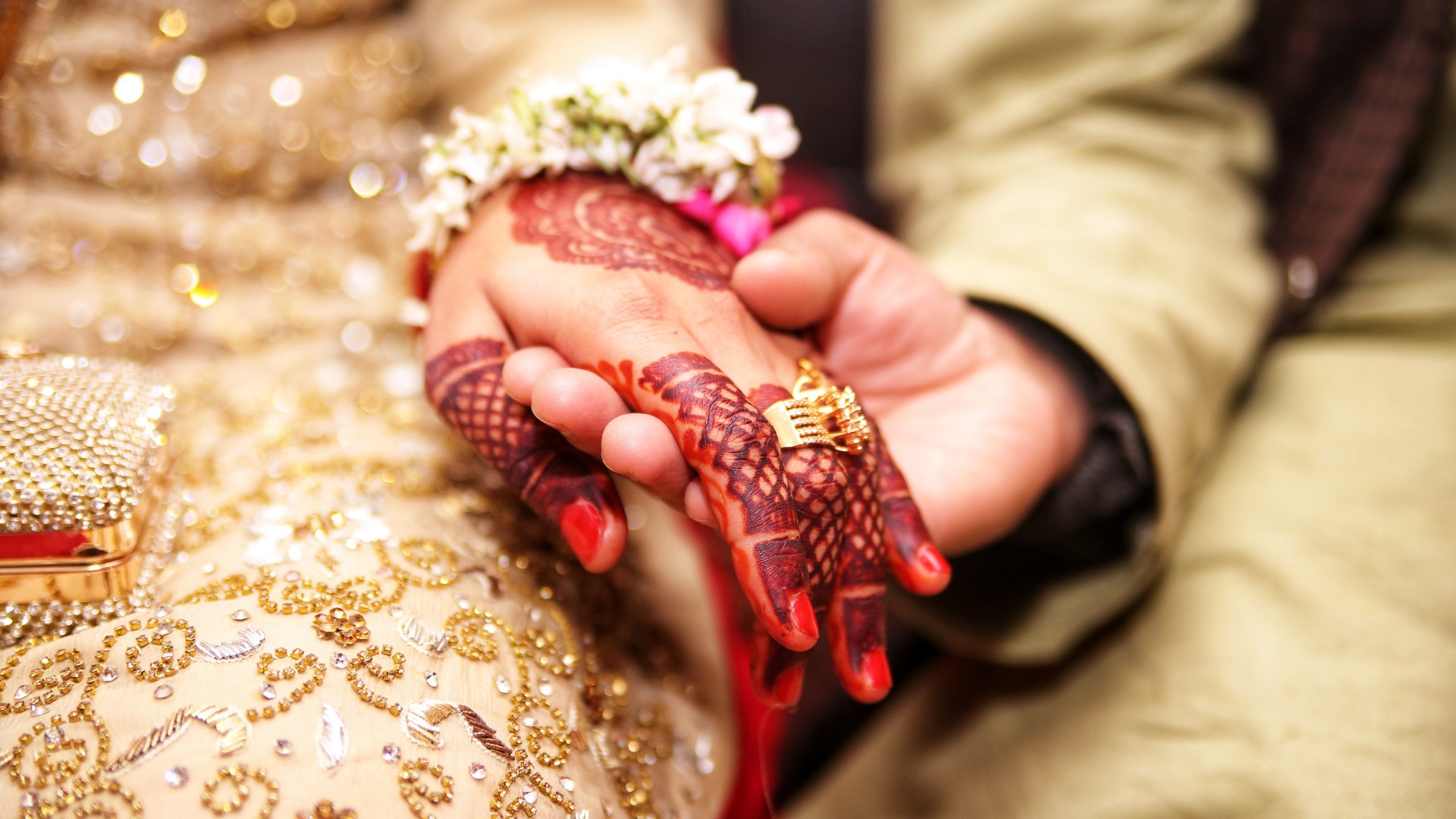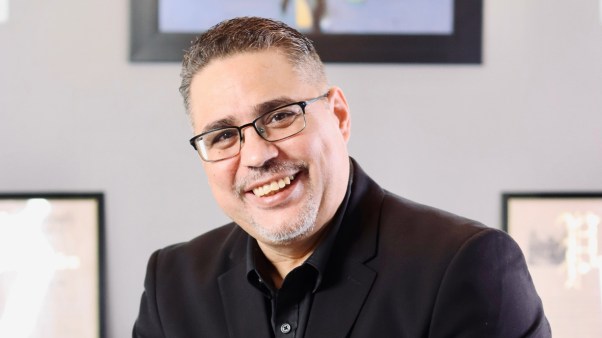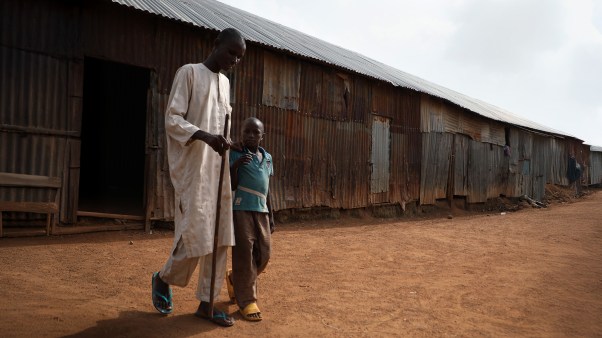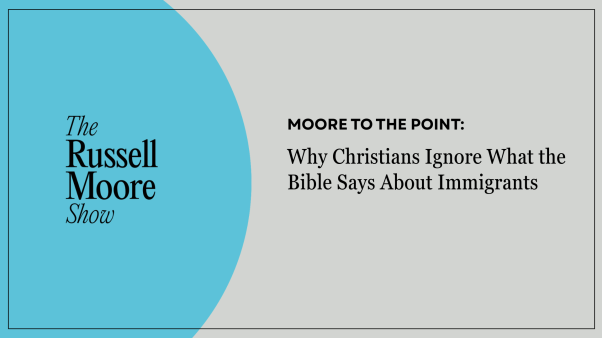Netflix’s popular reality show Indian Matchmaking follows the work of Sima Taparia, Mumbai’s top matchmaker, as she finds eligible prospects for wealthy and selective clients. But beyond the sheer entertainment value of awkward first dates and sumptuous homes, there might be another reason lying beneath the nationwide fascination with the show: a curiosity about having our own Sima Aunty, as clients call their esteemed matchmaker, in the complex world of dating. Nearly half of US adults say dating has become increasingly difficult in the past 10 years, according to a new study from the Pew Research Center. Perhaps there’s a fresh case to be made for Christian matchmaking.
It is worth clarifying the definition of matchmaking in this context. The process is voluntary: The matchmaker asks detailed questions of her clients and then seeks to introduce them to others who might be a good fit in values, expectations, and temperament. Unlike dating apps, the matchmaker’s picks are curated from the US and India and are often beholden to their parents’ opinions. It’s up to the matches and their families to meet, talk, and take things further.
Watching the show, I wondered what it would look like for the local church to take an active role in thoughtfully introducing people who are looking for partnership to each other. Singles do not have to be left alone in the dating process—the local church can walk alongside our single brothers and sisters for the good of our interconnected community. Doubtless, many of us already are involved in the lives of our single friends. But for those of us who are not, we can move forward by seeing who is looking, making thoughtful introductions, and considering compatibility.
Single and Looking
First, who is looking? Only half of single adults say they are looking for a relationship or dates, which means that half of our single brothers and sisters are not looking to date. The church is not an awkward high school science project with mandatory two-to-a-table assignments. It is important to affirm people’s full belonging in the broader family of God regardless of their nuclear family status and push against the “marriage is the goal of life” subtext that lies beneath much of contemporary culture.
But for the 15 percent of American adults who are in the single-but-looking category, dating remains hard, especially in the age of the coronavirus, when meeting people through school or work—how more than a third of adults report meeting their partner—is off the table. The question “I know someone you might really get along with, would you like to be introduced?” could be a welcome and respectful upgrade from the painful “So, are you seeing anyone?” probe at the Thanksgiving dinner table.
Offering Thoughtful Introductions
Our community plays a huge role in helping us to know ourselves, identify our strengths and weaknesses, and find opportunities, whether in the professional or relational spheres. As a pastor tasked with “the equipping of the saints for the work of service” (Eph. 4:12, NASB), I see one of my chief roles as helping people identify their gifts and nurture them into growth. A vast number of friends in ministry and professional careers tell the story of someone who saw potential in them and encouraged them to try something they wouldn’t otherwise have considered.
So, too, a great number of relational possibilities arise when people make thoughtful introductions to others their single-and-looking friend wouldn’t otherwise have met or considered. One doesn’t need to be a professional matchmaker to do this. College professor Heather Thompson Day recalls scheming on behalf of one of her smart, creative, and lonely students. “I asked him to open for my speaking engagement and invited this sharp, creative girl from class to perform her poetry. Took them to dinner after. They’ve been together over three years now,” she tweeted. “I never had to say a word, I just created space for opportunity.”
Those who are single and looking report that one of the hardest things about dating is that it’s hard to approach people, and even when you do, it’s hard to find someone looking for the same type of relationship as you. Signing up for Tinder is not the same as signing up for eHarmony, after all. A thoughtful introduction by a mutual friend who knows you and what you’re looking for can go a long way toward making those challenges less daunting.
Considering Compatibility
“So, what are you looking for in a life partner?” asked Radhika in her first conversation with potential match Akshay. No messing around: They skipped straight past the small talk. Vyasar, another darling of the show, explains, “I’m not afraid of talking about the important things right off the bat.”
While those topics might be a bit forward for most first dates in the West, we can glean wisdom from the questions and values prioritized by the Indian matchmaking process. The couples were more concerned about evaluating partnership potential than passion potential, about familial and emotional compatibility than sexual chemistry (something I strongly advocate for in conventional dating, too).
Much of the curriculum my husband and I cover when doing pre-marital counseling with engaged Christian couples focuses on getting them to talk about their families of origin, and how those shape assumptions and expectations they bring into marriage. For some, pre-marital counseling is the first time they’ve dug deeper into the value systems they inherited. Many are surprised at much their parents’ relationship influences the way they might enter their own, and the continued support (or lack thereof) of our community has far-reaching implications for the health and success of marriages, which all need long-term nurturing.
Western couples may not be grappling with the Indian community’s controversies surrounding casteist and colorist prejudice in potential partners, but the West has its own implicit biases to confront. Everyone brings assumptions and expectations into a marriage, which invariably come out in the course of a relationship. Perhaps there is something to learn from the Indian Matchmaking model of an upfront analysis of spiritual, familial, and cultural compatibility.
Playing Nimit, Not Cupid
“I think I might quit my job and become a full-time professional matchmaker,” I announced to my husband when we finished watching the show. He assured me it might not be time to replace my pastoral vestments with a bonnet to rival Emma, Jane Austen’s most famous social networker. He’s probably right that we don’t need professional matchmakers, but what we may need is a mindset more open to being involved in making matches—whether it’s by offering comfort, camaraderie, or your contact list.
“It’s a practical way of to love the singles in your church family well,” Joy Beth Smith, author of Party of One, told me. “Dating already feels like buying a lottery ticket: there are such slim chances but if you don’t play, you can’t win.” Practicing hospitality, generosity, and creativity in helping our single friends connect is a way of increasing the odds to be in their favor.
“Somebody has to introduce you … whether it’s an arranged marriage or a love match—someone has to play Cupid,” explains one woman on Indian Matchmaking, happily married to a man she was professionally matched with some 30 years ago. Sima Taparia has played Cupid for hundreds of couples, but she prefers to describe herself as a Nimit: the person in Indian lore who brings two divinely appointed people together. “Marriages are made in heaven,” she says, “but someone has to introduce them.”
Indian Matchmaking shows us a snapshot of a cultural practice that is developing and shifting: It doesn’t have to be unwanted, meddlesome, oppressive, or archaic. There’s a match for the most traditional of religious backgrounds and also for the professional Indian businesswoman. The cultural practices of how people find partners adapt over time—whether in South Asian communities or in Christian communities. Just as the church is rethinking its opportunities to “re-demonstrate to the world what marriage is,” as Mark Regnerus writes, there might just be a lesson in there for us to reimagine dating, too.
Investing our efforts in the nurture of the friendships, marriages, and dating relationships around us need not be a sign of interference but rather of Christlike interdependence. We give ourselves to the work of building relationships as part of our witness to being people of agape love (John 13:35). And as we practice the generosity and hospitality of introducing people to God (through evangelism) and to one another (in community), we do more than help couples explore marriage—we build the church.
Bronwyn Lea is the author of Beyond Awkward Side Hugs: Living as Christian Brothers and Sisters in a Sex-Crazed World. She writes about healthy relationships in the church and wisdom in everyday Christian living.











